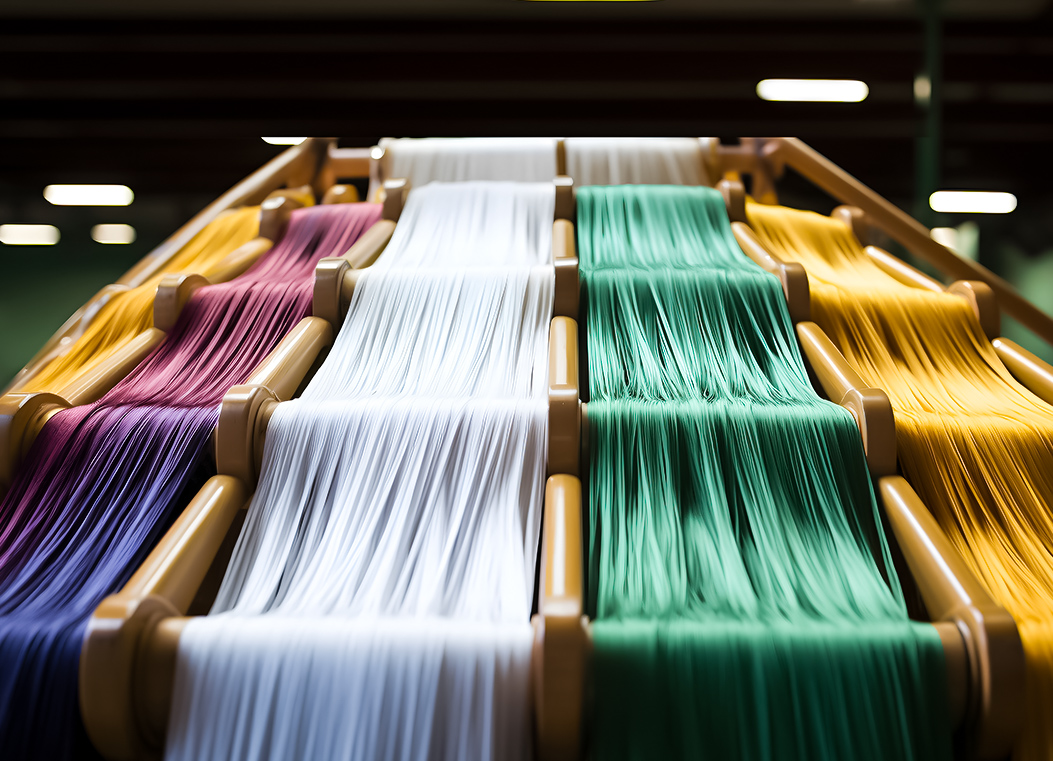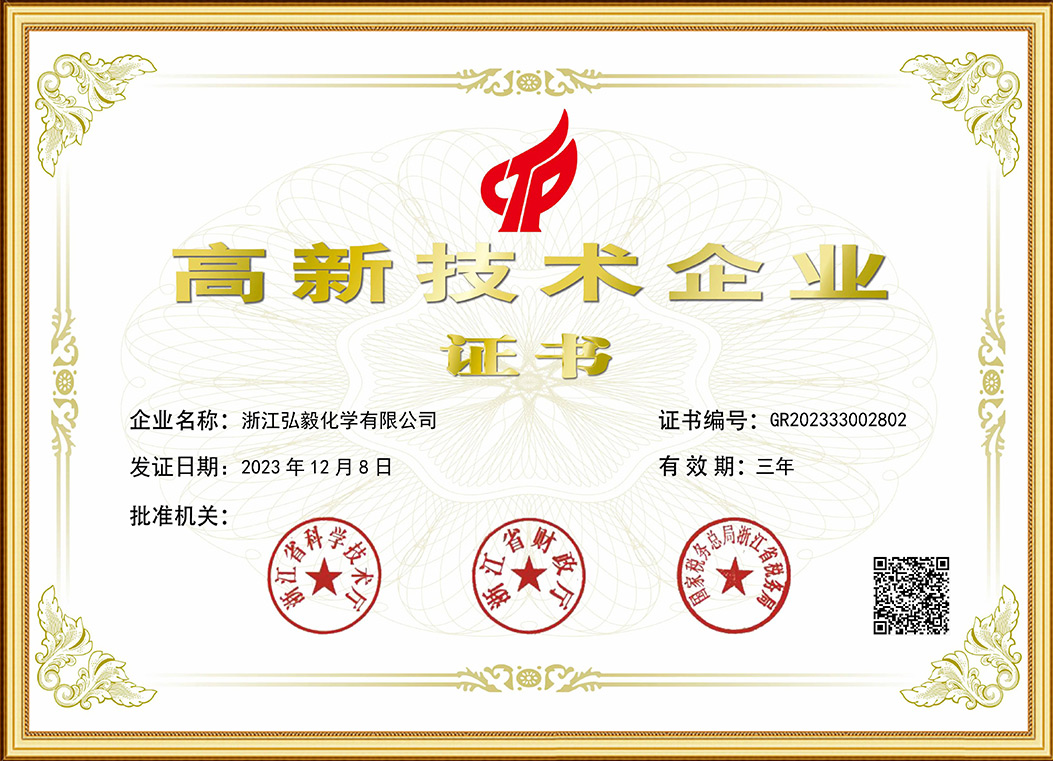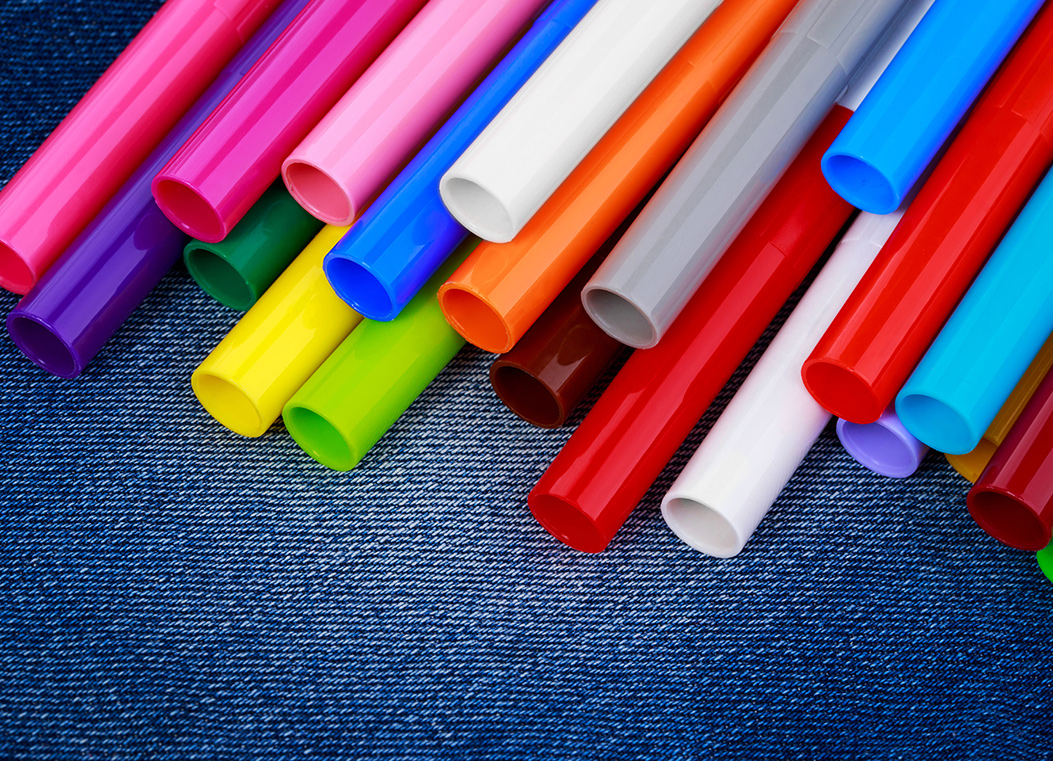Textile production often faces the challenge of maintaining consistent brightness and whiteness in fabrics, especially when processing cellulose-based materials such as cotton, linen, and viscose. In this context, Fluorescent Whitening Agent and specialized Fluorescent Whitening Agents for ceiling panels play a crucial role in enhancing the optical appearance of textiles. These agents are formulated to increase fabric brightness by converting invisible ultraviolet light into visible blue light, improving the overall perception of whiteness and ensuring the finished product meets aesthetic and functional demands.

Understanding the Role of Fluorescent Whitening Agents in Fabric Processing
Fluorescent whitening agents (FWAs) work by absorbing ultraviolet radiation and re-emitting it as visible blue light, which offsets the natural yellowish tint of fibers. This optical adjustment makes the treated fabrics appear whiter and cleaner without altering the physical structure of the material. In textile processing, this property is particularly valuable for manufacturers dealing with natural fibers like cotton and viscose, which often show dullness after bleaching or dyeing.
For ceiling panels made of fiber-based composites or textiles, fluorescent whitening agents enhance surface brightness under various lighting conditions. They are widely used not only for decorative purposes but also for maintaining uniform appearance across production batches, especially in interior applications where color consistency is essential.
Key Features of Fluorescent Whitening Agent 4BK-L
One widely applied FWA, known as 4BK-L, demonstrates a strong ability to deliver high-quality whitening results for cellulose materials. Its good water solubility allows it to dissolve quickly, enabling easy integration into both exhaust and padding processes. The anionic nature of this agent improves its compatibility with other textile auxiliaries such as softeners, surfactants, and detergents commonly used in dyeing and finishing lines.
The purple-blue hue of 4BK-L helps neutralize yellow undertones, creating a fresher visual effect. Additionally, its wash fastness ensures that the whiteness remains stable even after multiple laundering cycles. This property is particularly beneficial in textile products that undergo frequent washing, such as garments, linens, or industrial fabrics. Manufacturers can thus achieve durable brightness without additional finishing steps, optimizing production efficiency.
Application in Textile Processing Lines
When used in the production of cotton, hemp, or viscose fabrics, FWAs like 4BK-L are typically introduced during the final finishing stage. The brightener is diluted in water and applied through an automatic feeding system to maintain consistent dosage and prevent uneven distribution. The liquid form simplifies handling, reduces waste, and allows for direct use in both small and large-scale operations.
In the exhaust process, the fluorescent whitening agent is evenly distributed throughout the dye bath, ensuring deep and uniform penetration into fibers. In padding applications, it is absorbed onto the fabric surface, producing a smooth and uniform brightness. Both methods can be adapted based on the type of textile and the desired whiteness level. The flexibility in process adaptability gives manufacturers greater control over the final visual outcome while maintaining production efficiency.
Expanding Usage Beyond Textiles
Fluorescent Whitening Agents for ceiling panels are specifically designed to maintain consistent visual brightness in composite materials made of fiber blends. These panels often require precise optical effects to complement modern architectural interiors. The addition of FWAs enhances light reflection, providing a clean, luminous appearance that aligns with design specifications.
In ceiling panel applications, the optical brightener contributes to aesthetic uniformity across large surface areas. Even small differences in whiteness can affect the visual harmony of an installation. Therefore, manufacturers incorporate FWAs to ensure panels retain their brightness under both natural and artificial lighting. This use demonstrates how the principles of textile whitening can be successfully applied to other industrial materials, broadening the value of optical brightening technology.
Performance and Handling Characteristics
A good fluorescent whitening agent must exhibit stable performance under varying temperature and pH conditions. 4BK-L, for instance, maintains its whitening effect across a wide processing range, making it compatible with both alkaline and neutral systems. Its density and viscosity ensure smooth mixing with other liquid auxiliaries, reducing the risk of residue or uneven application. The flash point above 93°C also indicates safe storage and handling under standard industrial environments.
Another advantage lies in its UV absorption capacity. The agent’s absorption in the 120–130 nm range enhances its ability to reflect bright visible light, improving fabric appearance under daylight or fluorescent illumination. This property makes it valuable not only for apparel textiles but also for decorative and technical fabrics that require visual clarity and color precision.

 EN
EN 中文
中文 ES
ES




.jpg)













